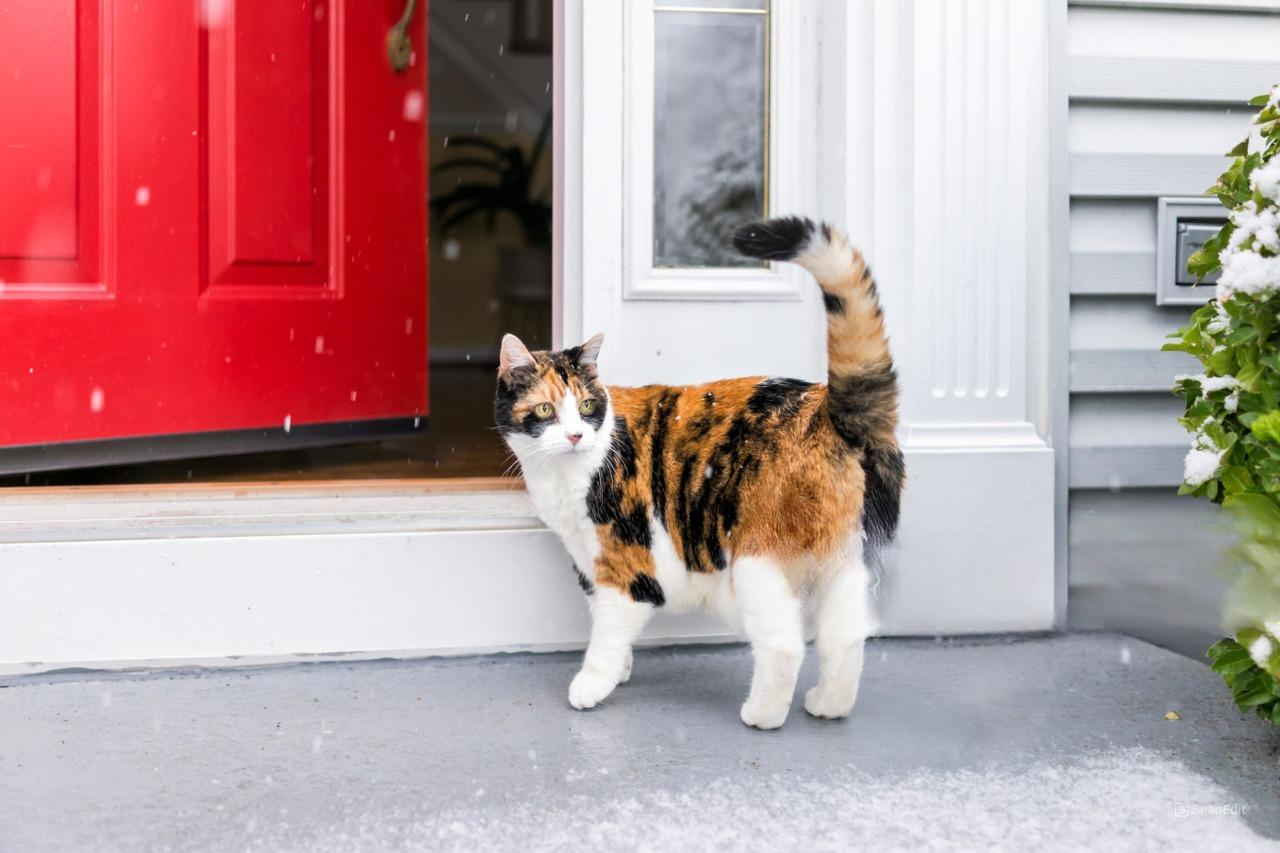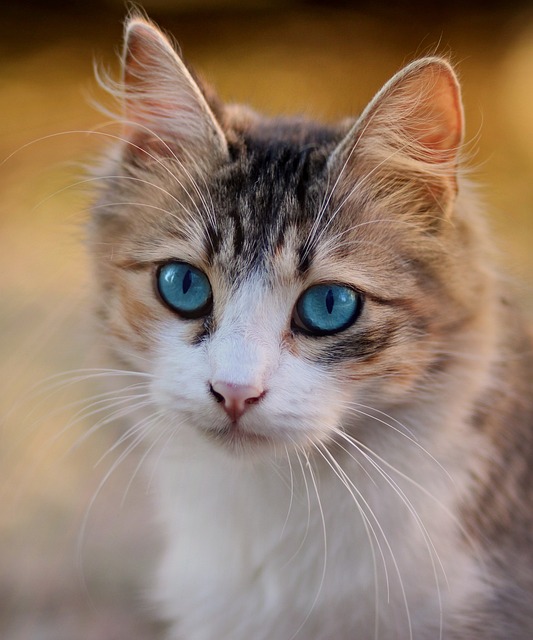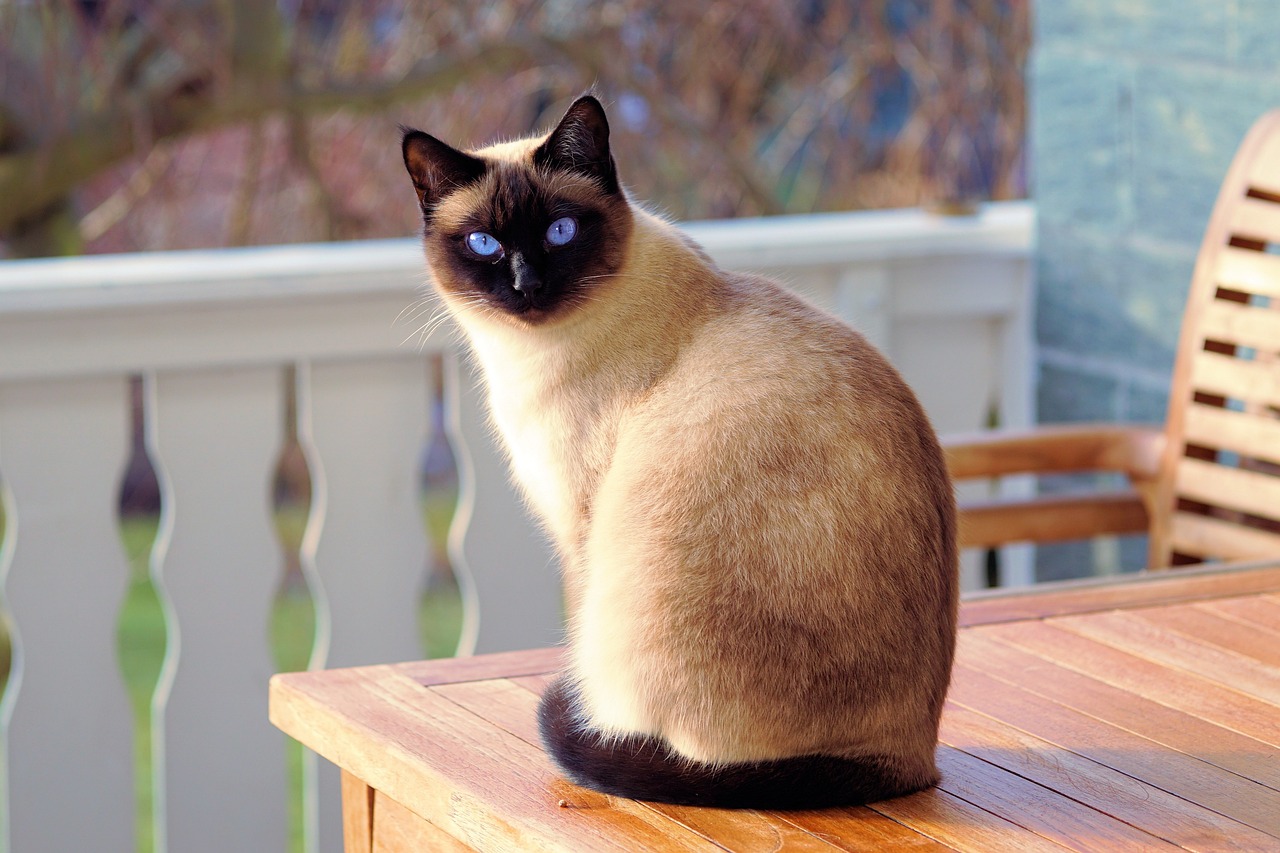Why Does Your Cat Keep Running Outside, and How to Prevent It
Cats are naturally curious creatures, and if you’re a cat owner, you might have experienced the unsettling moment when your indoor cat bolts for the door. While it may seem like innocent behavior, a cat running outside can be risky, leading to potential injuries or getting lost. Fortunately, with the right strategies and understanding, you can prevent your cat from trying to escape and keep them safe indoors.
Why Do Cats Try to Escape?
Cats have an innate instinct to hunt and explore, even when they are kept indoors. Wild cats are natural hunters and often roam vast territories in search of food. Despite being domesticated, house cats retain these hunting instincts, which can drive them to explore beyond the confines of your home.
In addition to their hunting instincts, cats are territorial animals. They may feel the need to mark their territory or protect it from other cats. If they can see other animals or feel the urge to mate, their desire to go outside intensifies. Essentially, the outdoors represents freedom, excitement, and the chance to fulfill their natural instincts.
How to Stop Your Cat From Escaping
Preventing your cat from running outside starts with understanding their instincts. While it’s impossible to eliminate their curiosity, you can minimize escape attempts by implementing a few effective strategies.
1. Train Your Cat to Stay Away from the Door
Just like dogs, cats can learn basic commands, and training them to avoid the door is possible with consistent practice. Begin by using positive reinforcement when your cat remains inside as you approach the door. Reward them with treats or praise whenever they stay back when the door opens.
For best results, start by putting your cat on a harness or leash and opening the door. If your cat stays inside, reward them with a treat. If they try to bolt, use a toy or treat to lure them back inside. Over time, introduce commands like “stay” or “wait,” and use them before opening the door. By consistently rewarding good behavior and ignoring bad behavior, you’ll help them associate staying indoors with positive outcomes.
2. Provide Attractive Alternatives to the Door
Preventing your cat from heading toward the door requires offering something better. If your cat’s primary motivation for escaping is to find a good perch or spot to relax, you can redirect this energy by providing a comfortable cat tree or bed in a prime location.
Place these lounging spots away from the door and make them as appealing as possible. Hide treats or catnip in their bed, and use positive reinforcement when they stay there. If your cat loves looking out the window, position the bed near a window so they can still enjoy the view, without being tempted by the outside world.
Another great option is creating a “catio”—an enclosed outdoor space where your cat can enjoy the fresh air and sunshine safely. Catios are becoming increasingly popular as they offer a secure environment for cats to explore without the risks of being outdoors.
3. Spay or Neuter Your Cat
Unspayed or unneutered cats have a stronger instinct to roam, especially when it comes to mating behavior. Cats that are not fixed tend to try escaping more frequently in search of a mate. Spaying or neutering your cat can significantly reduce their desire to run outside, and it will also help them live a healthier, longer life.

Additional Tips to Keep Your Cat Safe
If your cat still tries to escape despite your best efforts, it’s important to take precautions to protect them:
- Use a Collar and ID Tags: Always have your cat wear a collar with an ID tag, including your name, phone number, and address. A breakaway collar is ideal, as it will release if it gets caught on something.
- Microchip Your Cat: Microchipping is an excellent backup in case your cat loses their collar. It’s a permanent and safe way to ensure your cat can be identified if they go missing.
- Warn Visitors: Place a sign near the door to remind visitors to quickly close the door behind them and be mindful of your cat.
- Keep Vaccinations and Medications Up to Date: Regular vaccinations and flea or heartworm treatments are essential in keeping your cat healthy, especially if there’s a chance they may be exposed to outdoor risks.
Conclusion
While indoor cats may have a natural urge to explore the outside world, it’s important to keep them safe and prevent escape attempts. Training your cat, providing engaging alternatives, and addressing their instincts through proper care can all help curb their desire to run outside. If you can keep your cat happy and enriched indoors, you’ll both enjoy a more relaxed and safer environment.

“A blog for pet lovers” is a dedicated space where animal enthusiasts can explore tips, stories, and expert advice on pet care, training, health, and more. Whether you’re a dog person, a cat lover, or someone who adores all animals, this blog offers a warm and engaging community for you to connect, learn, and celebrate the joy of having pets…





